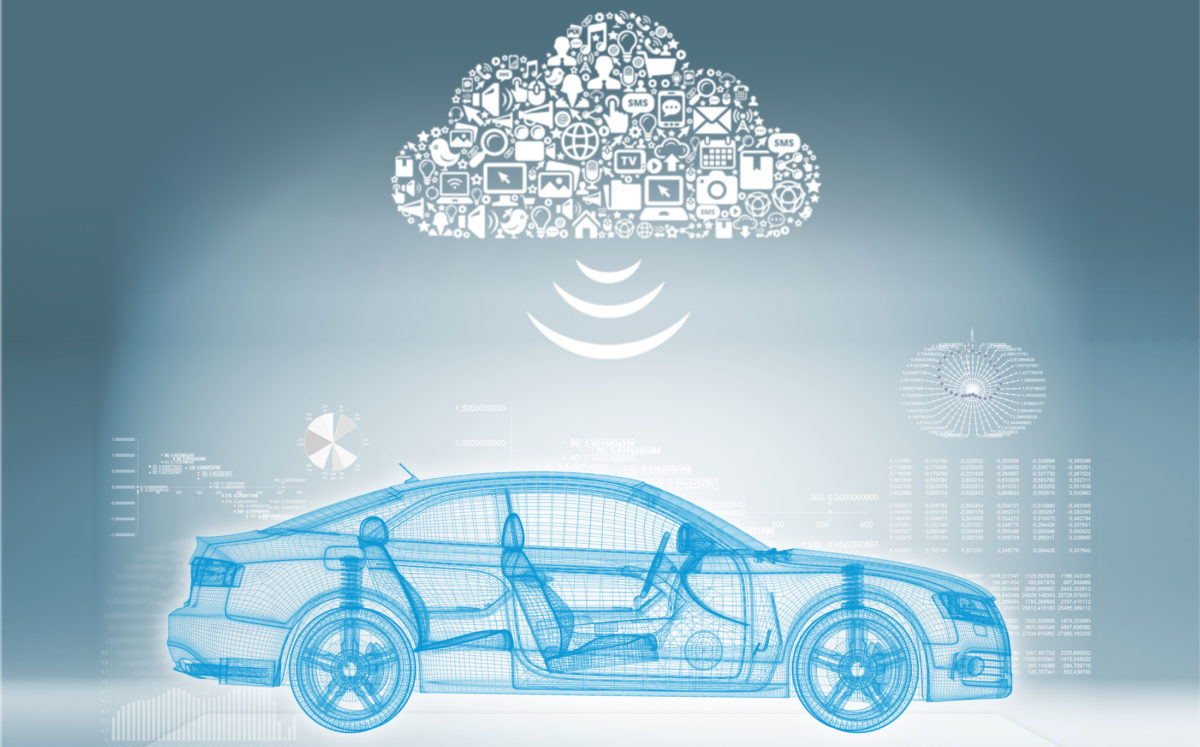Automotive manufacturers are increasingly adopting cloud computing technologies to help integrate different vehicle systems, manage over-the-air updates, and develop new in-vehicle experiences for drivers and passengers. Cloud allows automakers to connect many different electronic control units (ECUs) in a vehicle and manage them from a central place using internet-based services and applications.
Some of the key benefits of automotive cloud include easier integration of new features and services, remote vehicle management capabilities, improved cybersecurity, and faster software updates. As vehicles get more connected, automated, and electric, automotive cloud plays an important role in enabling new technologies and addressing various technology as well as business challenges for OEMs.
Improving Features Integration and Development Process
One of the main advantages of automotive cloud is how it helps streamline the process of integrating new infotainment, navigation, telematics, and safety features into vehicles. Previously, adding major features often required hardware modifications and significant engineering efforts. With cloud, automakers can deploy new services through software updates without physically recalling vehicles.
Automotive Cloud allows automotive systems and software to be developed, tested, and validated in a virtual and simulated environment before deployment. This helps automakers catch bugs and issues early in the development process, substantially reducing design cycles and costs. Cloud-based development platforms are also making it easier for automakers to integrate technologies and capabilities from multiple suppliers and partners seamlessly.
For example, GM’s vehicle intelligence platform is a cloud-native software architecture that will power its upcoming EVs, AVs, and new electric-centric models. Using this platform, GM claims it can integrate technologies from partners like Cruise, LG, and Qualcomm and deliver new features within days instead of the usual months. Such cloud-driven development approaches are enabling faster innovation in the automotive industry.
Enabling New Connected Features and Services
By connecting vehicles to the cloud, automakers are developing a host of new connected services focused on improving the driver experience, vehicle health monitoring, and predictive maintenance. Popular cloud-based features include remote monitoring and diagnostics, usage-based insurance, in-vehicle payments, advanced navigation with real-time traffic data, and integration with smart home devices.
Connectivity to automotive cloud also allows drivers to control various vehicle functions remotely via smartphone apps. People can check vehicle status, lock/unlock doors, enable climate control before getting in, find parked location, and much more from anywhere. Over-the-air software updates ensure important fixes and new feature upgrades are seamlessly delivered to vehicles without any hassle for owners.
Furthermore, the cloud opens up possibilities for new in-cabin experiences. Things like cloud-streamed media and gaming, personalized assistant services, augmented reality navigation, and advanced teleoperation capabilities for autonomous vehicles require powerful cloud backbones. Automotive cloud is essential to enable these forthcoming high-bandwidth applications.
Addressing Cybersecurity and Privacy Concerns
However, connecting millions of vehicles to the cloud also increases the security risks like unauthorized access, malware attacks, and data breaches. There have been some high-profile hacks of connected cars in recent years, underscoring the importance of robust cybersecurity in automotive industry. Automakers are taking necessary measures to safeguard vehicle systems, communications, and customer privacy in their cloud deployments.
Encryption of vital vehicle control functions, identity and access management controls, secure over-the-air update mechanisms, intrusion detection systems, and rigorous testing of connected services for vulnerabilities are some of the strategies OEMs follow to enhance cybersecurity. They also establish security operation centers to continuously monitor threats. Additionally, guidelines like the ISO/SAE 21434 standard help automakers address cyber risks systematically from vehicle design to decommissioning.
Nevertheless, ensuring long-term security of cloud-connected vehicles remains a challenge due to increasing complexity of automotive software/networks and evolving nature of cyber-threats. Strong partnership with cloud/networking providers and government agencies will be crucial for collaborative research to stay ahead of hackers. Automakers also need to prioritize transparency around data privacy policies to build trust among consumers.
Future Outlook
As autonomous, electric, and connected vehicles become more prevalent, automotive cloud will play an instrumental role in powering these advanced technologies and business models. Cloud is essential for teleoperation of self-driving shuttles, remote monitoring of commercial fleets, and over-the-air software/battery management in electric vehicles. It also supports new ownership experiences like subscription services and usage-based insurance programs.
Furthermore, clouds can facilitate more personalized services for drivers and passengers based on their preferences and habits. With edge computing capabilities expanding, real-time processing of data for applications like augmented reality will also become feasible in-vehicle. As 5G networks provide better connectivity, the future may see advanced extended reality experiences entirely cloud-streamed into vehicles.
Automotive cloud is enabling revolutionary changes in the industry by driving faster innovation, improving feature integration, and unlocking new connected services. While cybersecurity remains an ongoing challenge, partnerships between automakers and cloud providers will be pivotal for maximizing benefits of this technology safely and securely. The coming years will witness automotive cloud playing a transformative role in shaping experiences in and around vehicles.
*Note:
1. Source: Coherent Market Insights, Public sources, Desk research
2. We have leveraged AI tools to mine information and compile it



